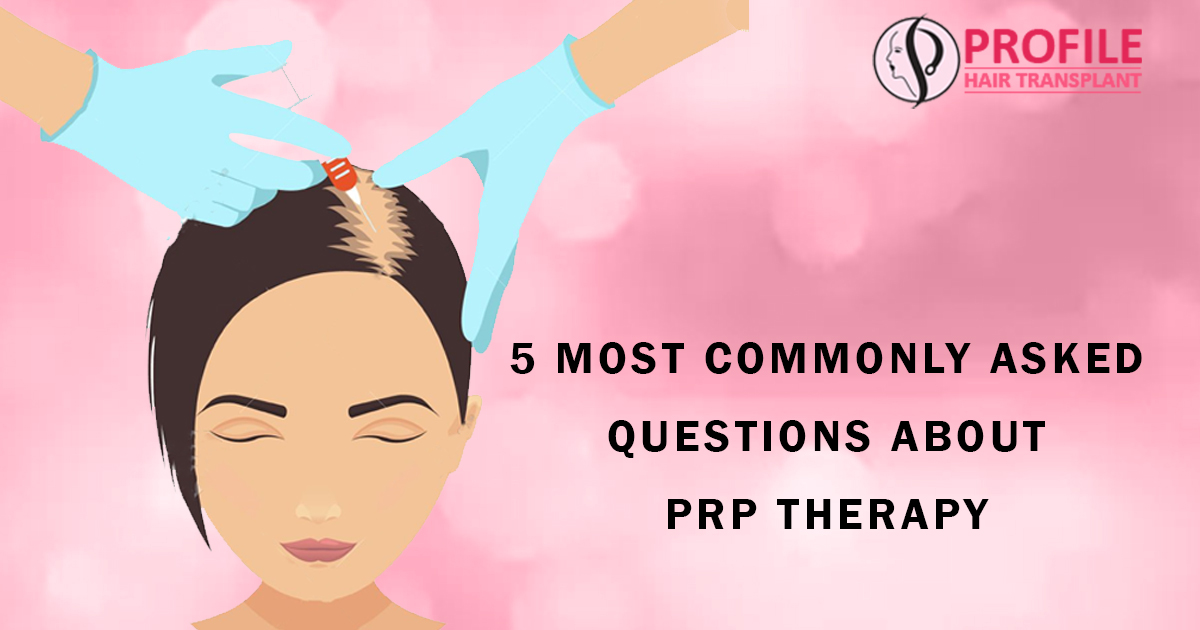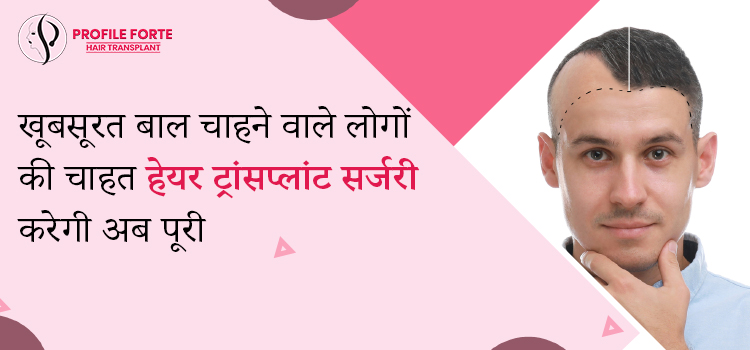As hair loss problems of the current population increase, it becomes inevitable that they turn to medical science to revive their looks and lost hopes. Hair loss patients benefit largely from incorporating changes in their diet but if things don’t work out, then they have to opt for procedures like hair transplant and PRP Therapy. Even though both the techniques are widely known and popular among the patients, many related questions arise regarding PRP treatment for hair loss. We have listed the most frequently asked one’s for you
1. What Are The Various Reasons For Hair Loss In Women?
It can because of heredity and may start right after the girl attains puberty. But hair loss can also be triggered due to aging, malnutrition, emotional stress or physical shock. It may also be set off by certain medications and poor lifestyle habits.
- What Are The Various Reasons For Hair Loss In Men?
DHT, a hormone is known to trigger hair loss in men apart from heredity.It is characterized by weakening and reduction in the size of follicles. It manifests in the form of decreasing coverage of the scalp and visibility of bald areas.
- How Is Hair Loss Diagnosed?
A person suffering from hair loss should visit a certified and experienced hair loss specialist to be certain about his hair loss reasons and probable treatment methodologies. The specialist will begin by asking questions about the family history and medical record of the patient. Information about previous ailments, nutrition, hair care routine, current and previous surgeries is sought out before arriving at any decision. Some routine tests like scalp biopsy or Hair DX genetic tests are carried out if required. A physical exam is also carried out to ascertain the causes of hair loss.
- How Does PRP Help In Hair Regrowth?
PRP is a non -surgical technique which involves curbing hair fall through the patient’s own blood. The area to be treated is identified and the process is initiated. The procedure includes extracting the blood of the patient from the arm area using a syringe. The blood is then centrifuged at a high speed in the lab. The blood rich in platelets is separated. This blood is again injected into the patient, this time in the scalp of the patient. The platelet-rich blood is known to be responsible for triggering hair growth by stimulating the hair follicles. The technique may be used in conjunction with Extracellular Matrix technique for certain and durable results.
- Which Kind Of Patients Benefits From Prp?
The patients with alopecia areata usually benefit from this technique. Patients with weak growth but still active hair follicles can also undergo this kind of treatment. The above 2 categories of patients are known to best benefit from PRP technique.




